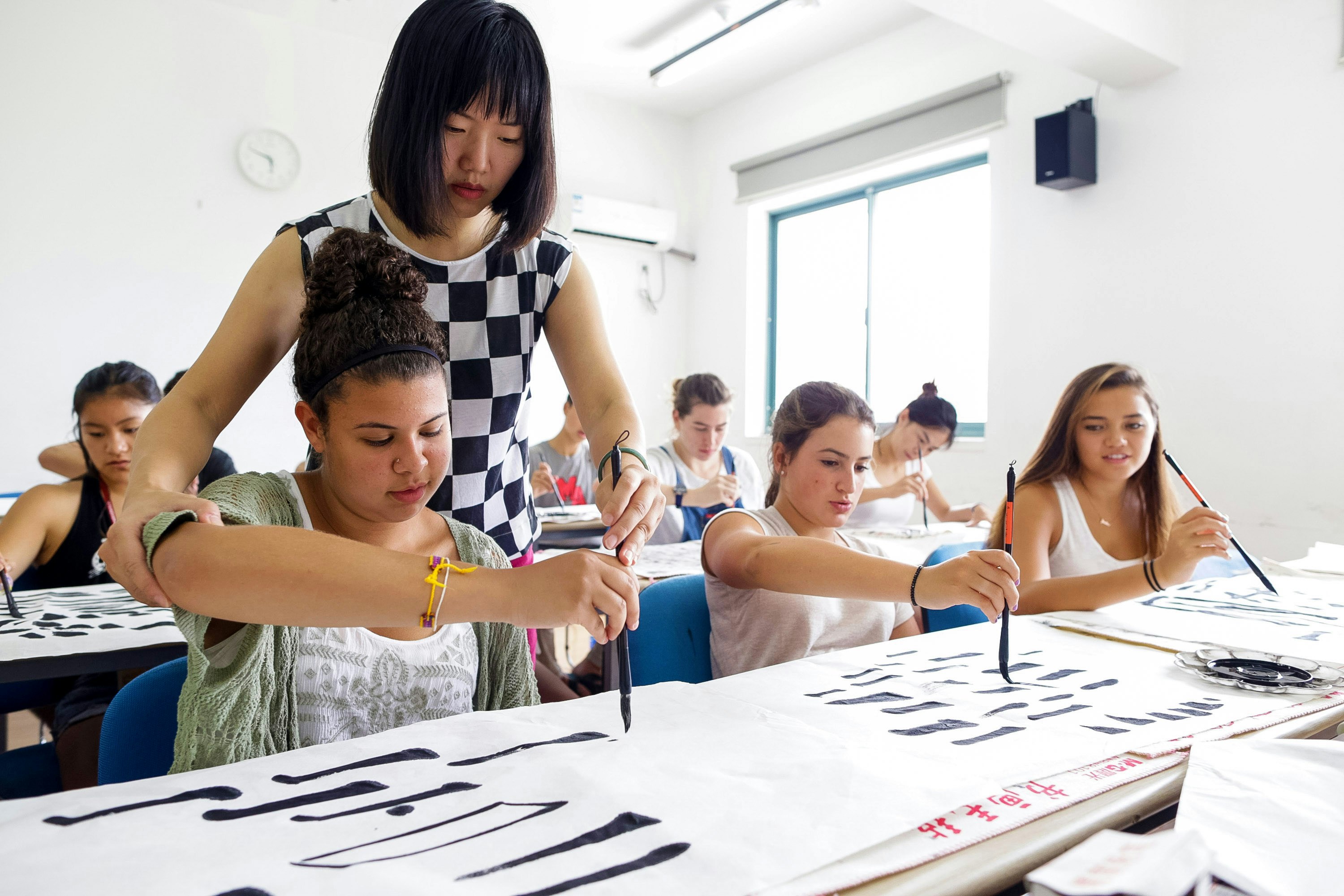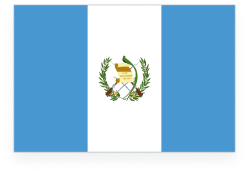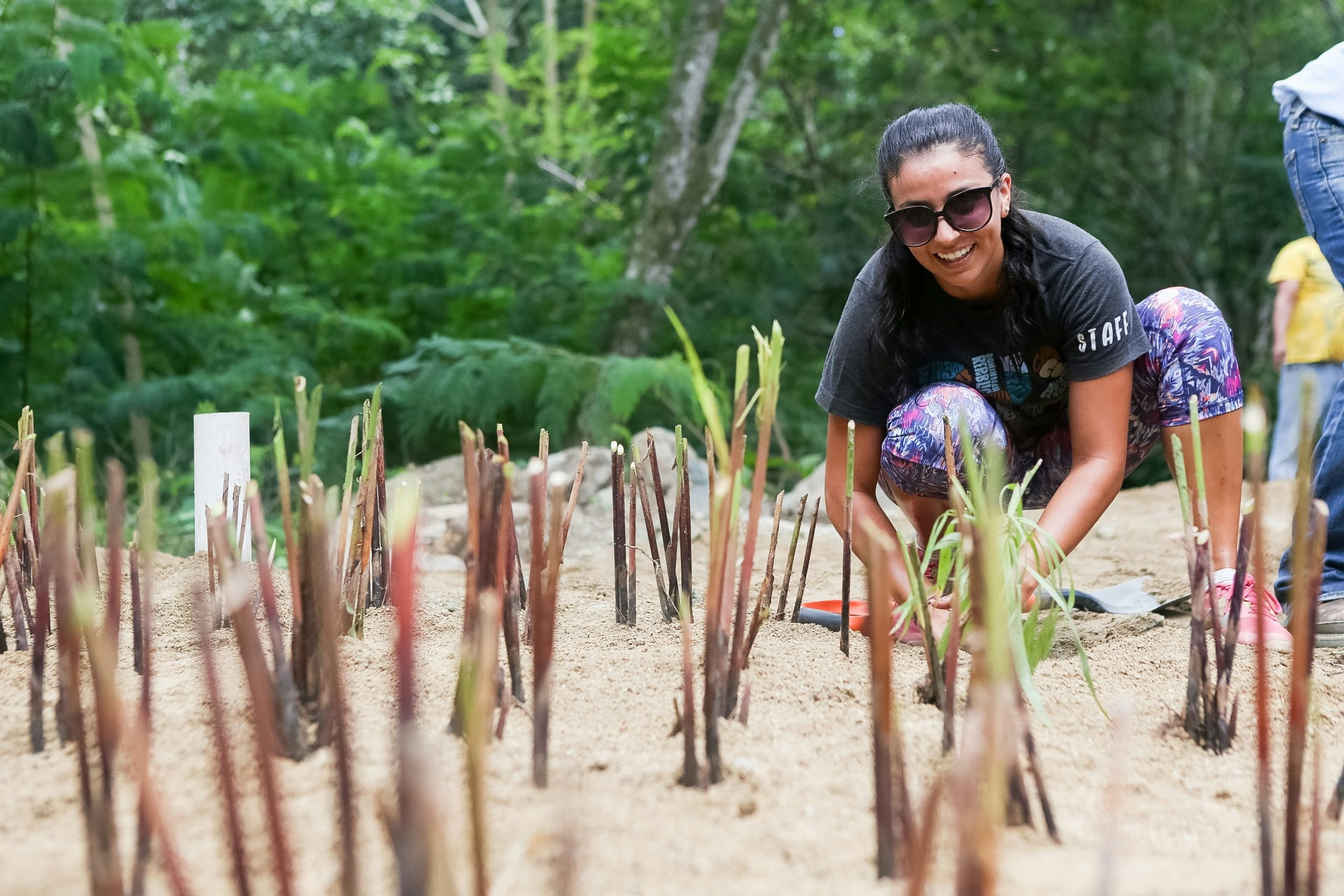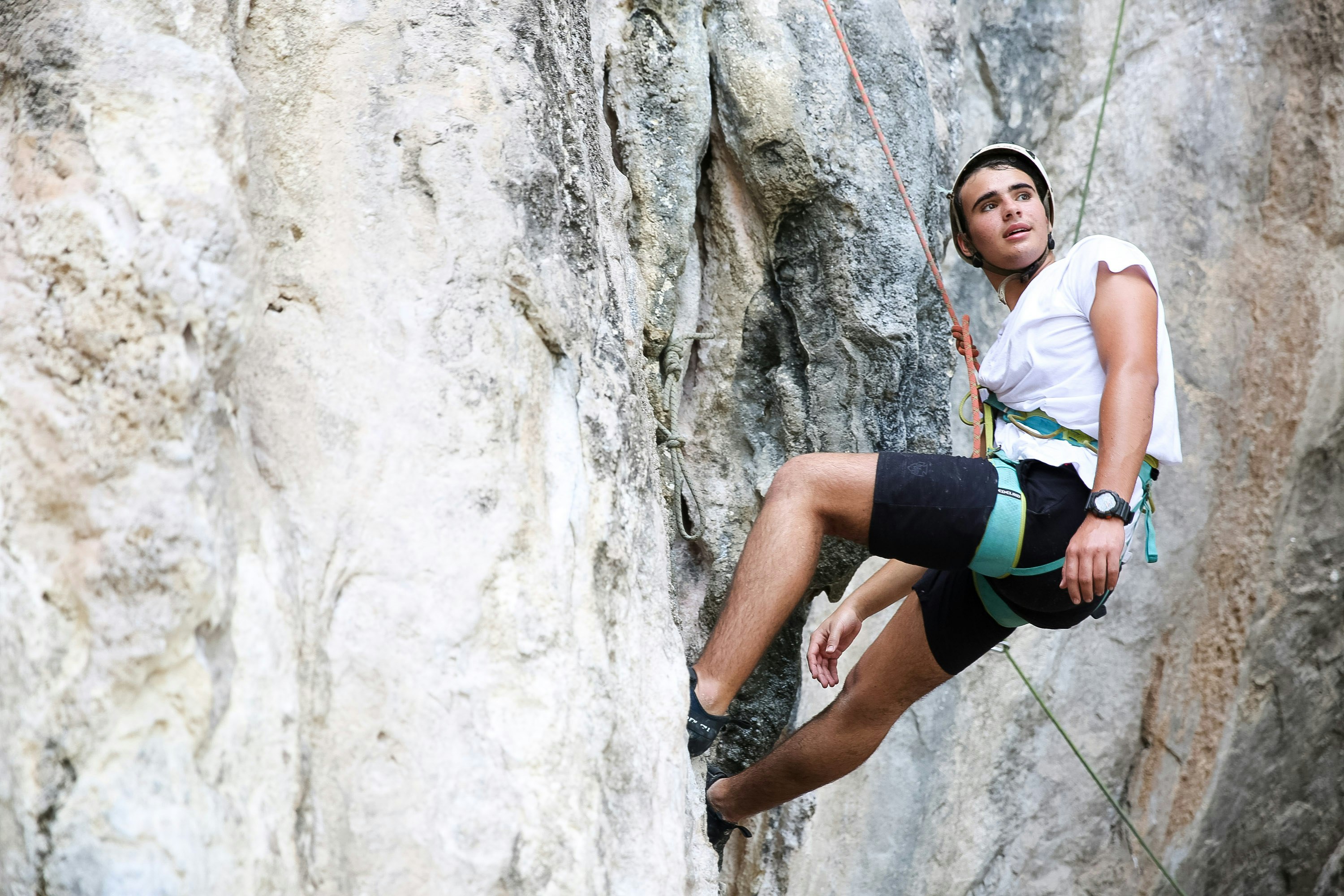








**The average program fee and duration was aggregated from our analysis of over 400 summer programs offered in 2024/2025 and accessed in August, 2024.
Language immersion programs offer high school students the opportunity to improve their language skills by living and learning in a country where the language is spoken. These programs provide a mix of structured classroom instruction and real-world practice, allowing students to develop fluency through direct interaction with native speakers.
For both the tongue-tied traveler and the polyglot prodigy alike, language immersion is the perfect chance to boost your language skills while creating lasting memories.
These are the activities that you can expect on a language immersion program:

»Book Your 2025 Summer Adventure Abroad Now
Where you go for your language immersion program depends on what language you want to learn. These are the most popular language and destination pairs:
 Italy
Italy Spain
Spain England
EnglandStudying abroad isn’t just for college students. Summer study abroad programs for high school students are easier to find than full year-long exchange programs and can even provide college credit.
A summer study abroad program gives the opportunity to combine classroom instruction with field trips and cultural activities. Instead of visiting your local Modern Art Museum, you can take a trip with your class to the Louvre in France. Interested in marine biology? Learn about marine ecosystems in the classroom and then go see those ecosystems first-hand.
Summer study abroad programs are the perfect chance for high school students to explore career options, prepare for college and just have a great time learning about the topics you are interested in the most.
Here’s a bit of what you can expect on a summer study abroad program:

 Japan
Japan Peru
Peru Morocco
MoroccoCultural immersion programs allow high school students to experience and start to understand the daily life and traditions of another culture. These programs often involve living with host families, participating in local customs and engaging in activities that bring the culture to life.
Your knees might get a bit sore from doing 108 prostrations (bows) in a Buddhist temple, and your belly might get close to bursting from trying traditional foods. But your heart will leave a bit fuller as you come to learn more about the diverse cultures around the world.
During a cultural immersion program you can expect to:

 Indonesia
Indonesia Guatemala
Guatemala Dominican Republic
Dominican RepublicVolunteering and service learning programs offer high school students the chance to make a tangible impact on communities abroad while immersing themselves in the local culture and environment. The “learning” in service learning is key. Volunteering and service learning programs focus on personal growth through engaging in meaningful projects.
The best programs in this type work for the same communities for decades. This way the community impact is tangible and lasting, bringing more value to both the community and student.
The activities you can expect on a volunteering and service learning program abroad include:

 Australia
Australia Fiji
Fiji Greece
GreeceSustainability and conservation programs give high school students the opportunity to actively participate in protecting our planet’s natural resources while learning about the importance of environmental stewardship. These programs combine real work in the field with educational experiences focused on sustainable practices.
In Australia you might help care for rescued kangaroos and learn about restoration efforts. On a conservation program in Costa Rica you might help protect baby sea turtles from poachers as they make their perilous journey to the ocean for the first time. Sustainability and conservation programs are perfect for a high school student interested in learning more about the environment and conservation.
Here are some of the activities you do on a sustainability and conservation program abroad:

 Costa Rica
Costa Rica Puerto Rico
Puerto Rico Thailand
ThailandEvery trip abroad is an adventure in its own right, but adventure programs take that excitement up a notch. Whether you’re navigating the wild rapids of Thailand’s Mae Taeng River or snorkeling the Great Barrier Reef in Australia, adventure programs blend adrenaline-fueled activities with cultural experiences.
On an adventure program abroad you’ll have the chance to do things like rock climbing or bungee jumping while with a local guide and in some of the world’s most amazing landscapes.
Here are common activities for thrill seekers on summer adventure programs:

Most summer programs abroad for high school students are between six and 18 days long. Six days is a minimum as anything less would feel like a layover. On the other hand, the maximum is only defined by how long summer break lasts (we have to go back to school after all).
Summer study abroad for high school students and language immersion programs can be three or more weeks long. Adventure programs to nearby destinations like Costa Rica or Dominican Republic can be brief, but impactful at lengths under ten days.
Here’s a look at the average length of summer programs abroad for high school students.
Still not sure what’s the best program for you or your teen? Talk with our expert travel advisors to plan your perfect summer adventure!
Match the program to your goals. Language immersion builds foreign language skills, summer study abroad can offer academic credit and field trips, cultural immersion deepens daily-life understanding, service learning focuses on community impact, sustainability and conservation protect ecosystems, and adventure programs emphasize challenge and exploration.
Most programs run six to eighteen days. Language immersion and summer study abroad often run two to four weeks, which allows more classroom time, cultural activities, and practice with local communities.
Program fees typically include accommodations, most meals, on the ground transportation, activities, and staff support. Flights, visas, insurance, personal spending, and optional add ons are usually extra, and some providers charge an application or administrative fee.
Some summer study abroad and faculty led programs offer academic credit or certificates. Always confirm credit policies with the program provider and your school before you enroll.
Many service learning programs track hours and provide documentation. Ask the provider about verification requirements so your school accepts the hours.
Yes. Language immersion programs combine classes with daily practice in real settings, and host family stays or cultural immersion add extra speaking time with native speakers.
Housing varies by program type and country. Common options include host families, dorms, base houses, hotels, and supervised apartments. Providers place students based on safety, location, and program goals.
Reputable providers use trained leaders, vetted partners, and 24 hour support with clear safety protocols. Ask for details on supervision, emergency response, medical access, and leader to student ratios.
Costs vary by destination, duration, and activities. Language immersion averages around the lower end per day, while adventure programs are higher due to guides and technical gear. Airfare is additional. Ask about scholarships and financial aid to lower the total cost.
Confirm what is included, what is not, cancellation and refund policies, insurance requirements, housing and supervision, difficulty level, accessibility and dietary support, and whether flights are group managed or self managed.
Yes. Some providers run faculty led programs with a set syllabus, expert instruction, site visits, and the possibility of academic credit. These options suit students who want more structure.
Experiential learning combines direct experience with guided reflection. Students learn by doing through labs, workshops, community projects, and field visits that connect classroom topics to real life.
Most students need a valid passport and some destinations require a visa or health documents. Start early and check official guidance for your citizenship and destination. Travel and medical insurance is often required.
Summer abroad programs work best when they match a student’s goals. Some emphasize experiential learning and cultural immersion, while others focus on building foreign language skills through daily practice and structured classes.
If you want more structure, consider faculty led programs that follow a set syllabus and may offer academic credit. If you prefer flexibility, compare options from each program provider and look closely at safety, itineraries, group size, and what is included in the price.
Set a budget early and ask about scholarships and financial aid. Confirm what the program fee covers, how flights are handled, and whether any extra costs apply for activities or materials.
Ready to plan your summer? Shortlist two or three programs that fit your interests, chat with an advisor, and choose the experience that helps you grow confident, curious, and prepared for what comes next.